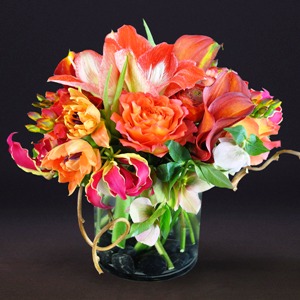Taking Stock
With a little forethought and planning, you will get more enjoyment out of your garden next year.
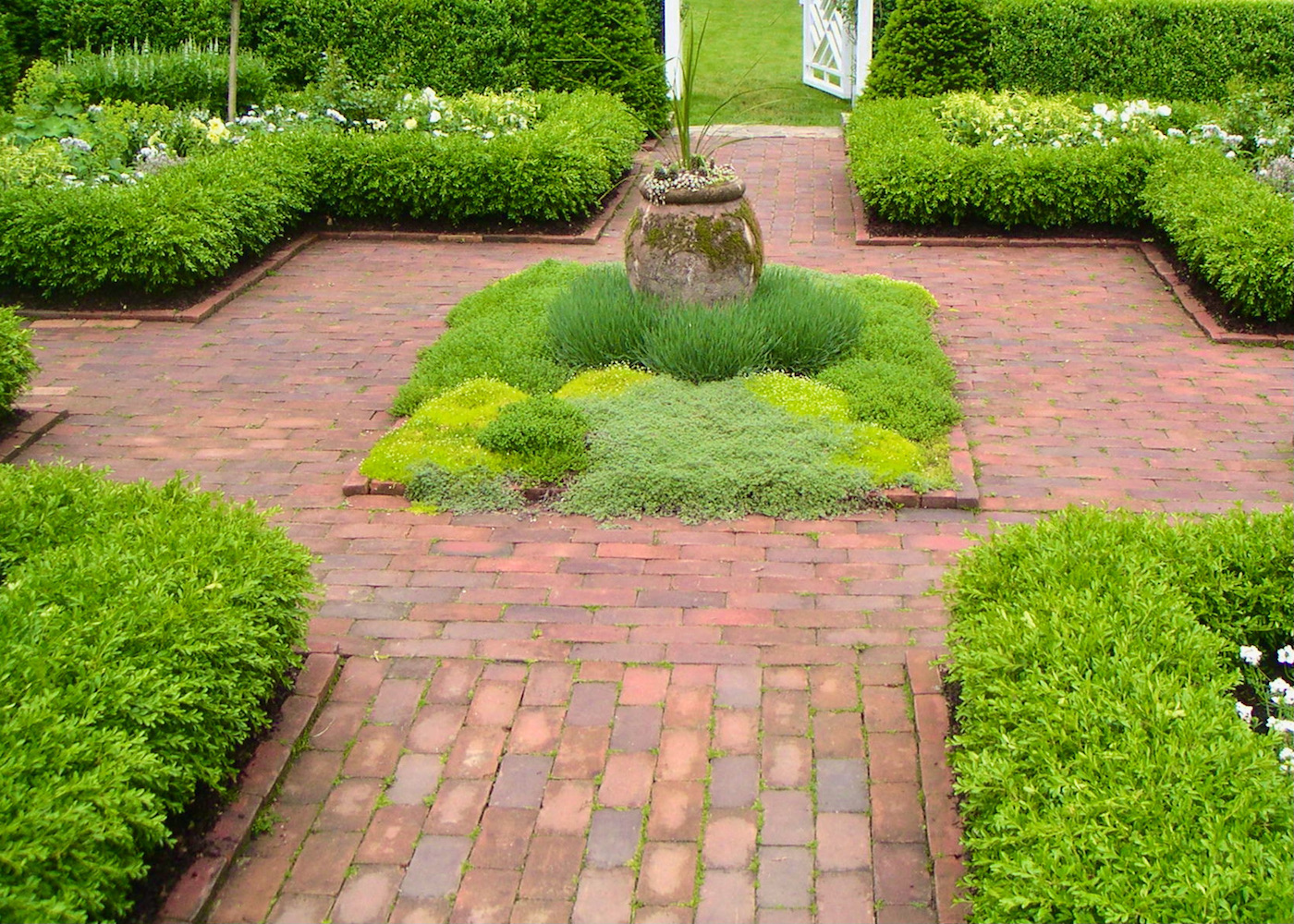
Many of us have discovered the pleasure of gardening in the past 18 months because of the pandemic and have started new gardens or renovated old ones. The bulb and seed catalogues and emails that are flooding our mailboxes and inboxes are full of all kinds of new introductions and old favorites, and if you are like me, you succumb to temptation in the dead of night and receive packages with various plants or seeds in the mail that you forgot you had ordered.
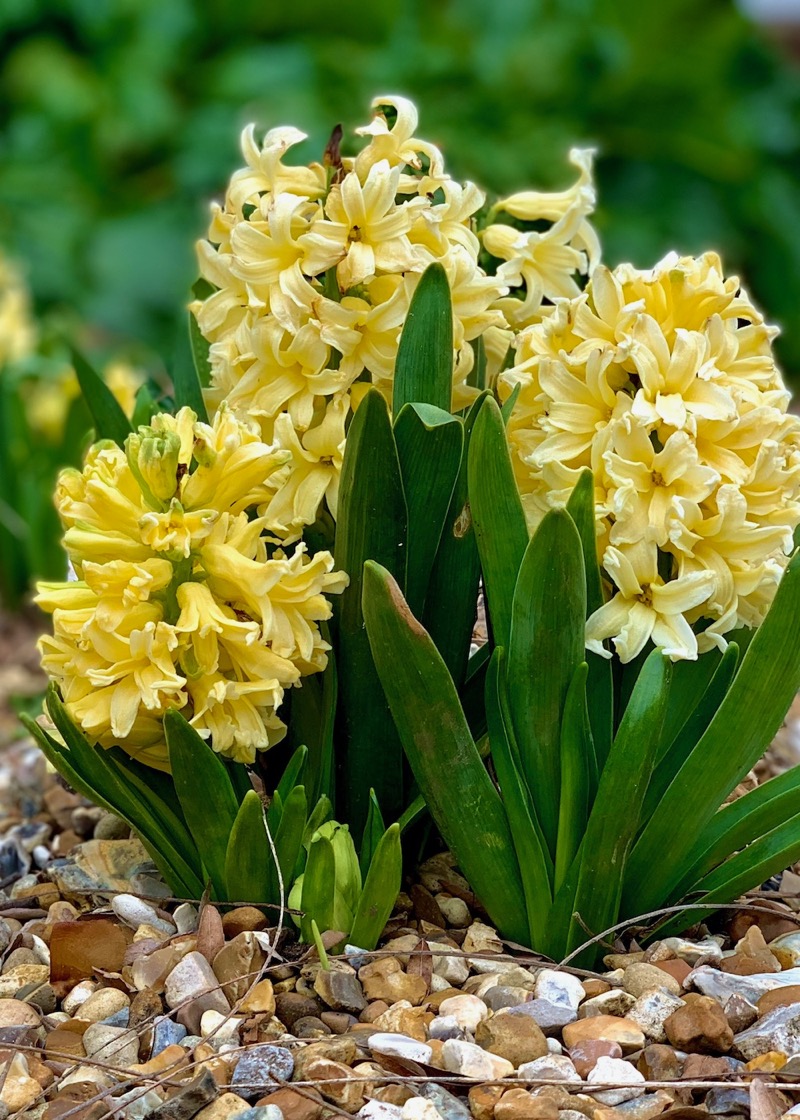
Before you place that order, heed the advice of internationally renowned landscape designer John Brookes MBE who cautioned that:
‘One of the hardest things for a gardener to do is to pause in the cultivation of plants long enough to take stock of the lie of your own land. Even a new garden owner cannot wait to rush out, buy plants and get them in the ground.”
This advice is especially important for those of us with smaller gardens where every plant and detail makes a difference. Whether you have a new garden or an established one, fall is the perfect time to ‘take stock’ and think about what you want from your garden. Here are five tips to get you started.
Take a moment to work out what drove you crazy this summer. Was there an area that was difficult to maintain? Can you reduce some lawn to cut down on pesky mowing? Do your planted areas need too much attention and could you replace them with something simpler and more relaxed. Identifying these problems and devising solutions now will help you enjoy your garden all the more in future – and may save you money in the process. Start by asking yourself what you want from your garden and how much time (and money) you want to invest in maintaining it.
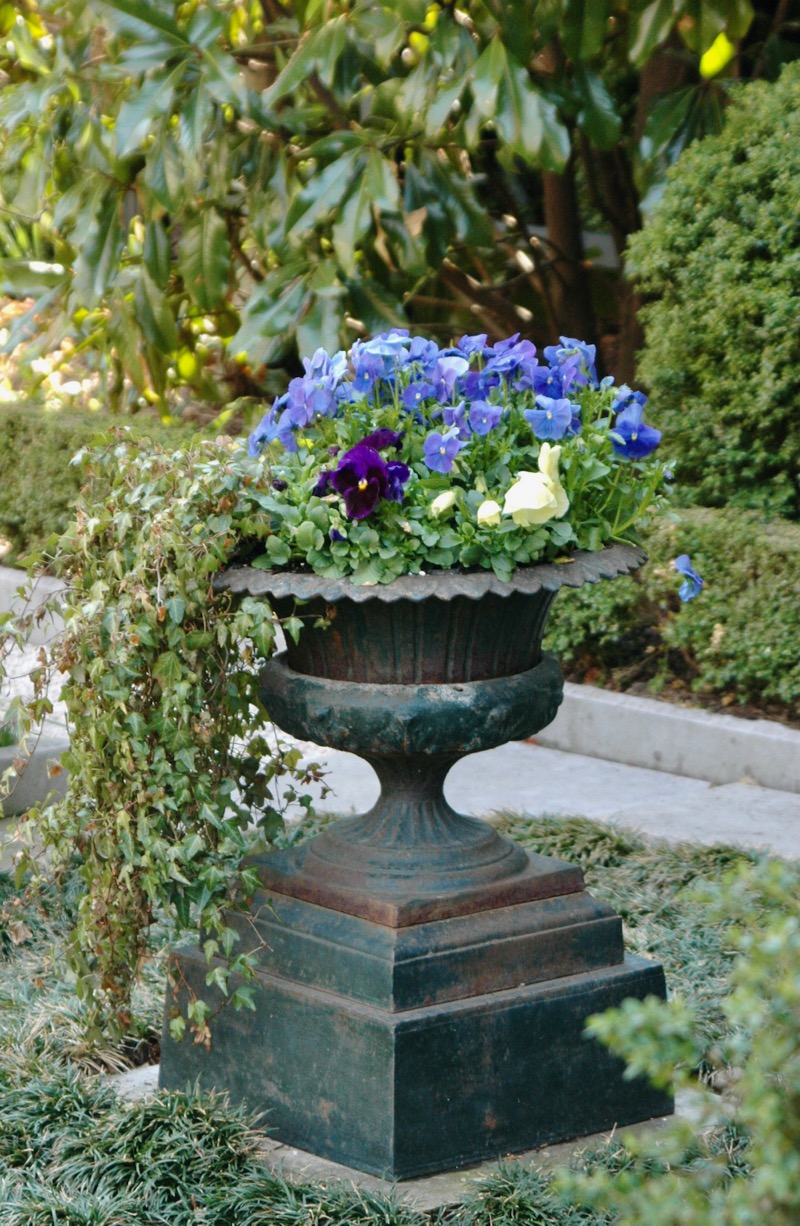
As the weather gets colder, give some thought to your views from the inside. Do you have something to look at during the dark days of winter, a focal point like a piece of sculpture or frost-free pot, a display of winter-blooming perennials or shrubs with brightly colored twigs? The link between the interior and exterior of your home should have a year-round connection so try enhancing views that can be easily seen and enjoyed from the windows of your home.
Nothing cures the winter blues like watching early spring bulbs emerge. Try winter aconites for a dazzling blast of cheery yellow that works well with other early bulbs and white cyclamen. I am going to pot up some yellow hyacinths as well this year.
Now is a great time to start collecting your own seeds. Repurpose old yoghurt containers or other plastic containers and collect seeds for late autumn sowing or, if you are really ambitious, indoor propagation. Don’t forget to label your containers, and let the seeds dry out completely before sealing them. Packaged nicely, seeds make great Christmas presents, too.
Mulch, mulch, mulch. Grind up those old dead leaves by running a lawnmower over them and then blow them back into your shrubberies to protect plants from Arctic blasts and dry summer spells. Leaf mulch looks attractive, and worms will love it too. If you can’t manage that, get some dark, fine mulch in bags. It will break down over the winter and make your soil richer, more water retentive, and will help keep down the weeds.
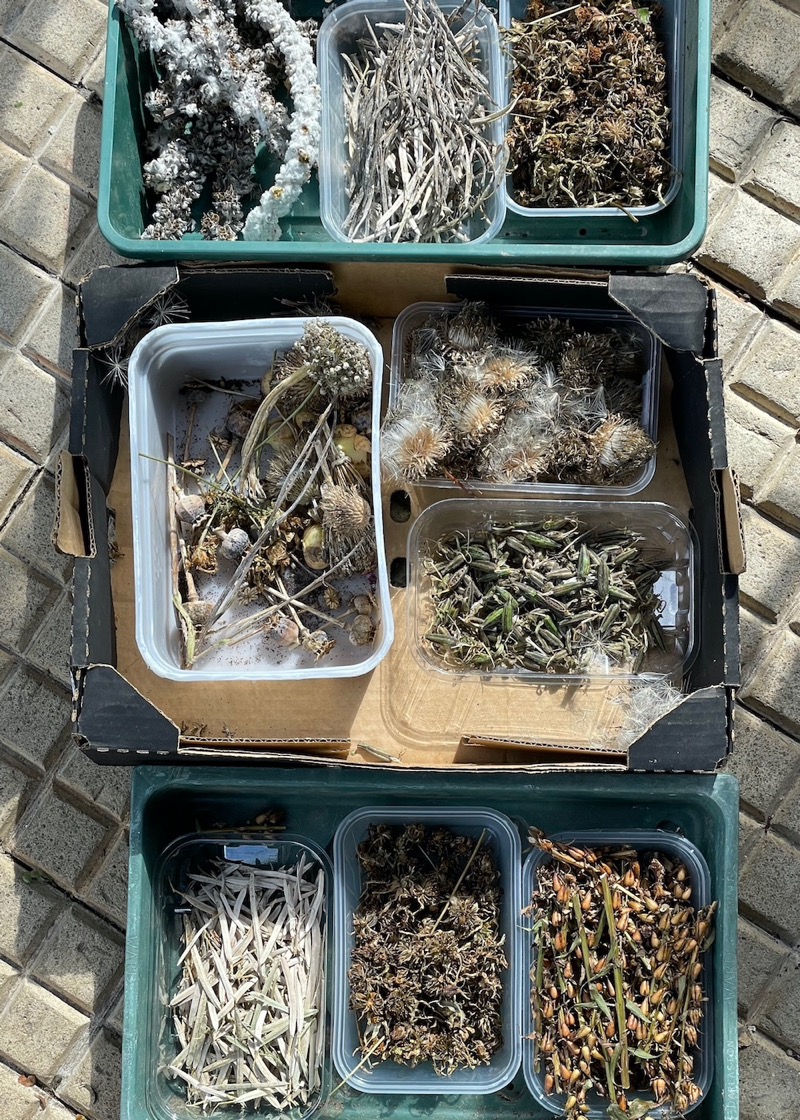
With a little forethought and planning, you will get more enjoyment out of your garden next year.
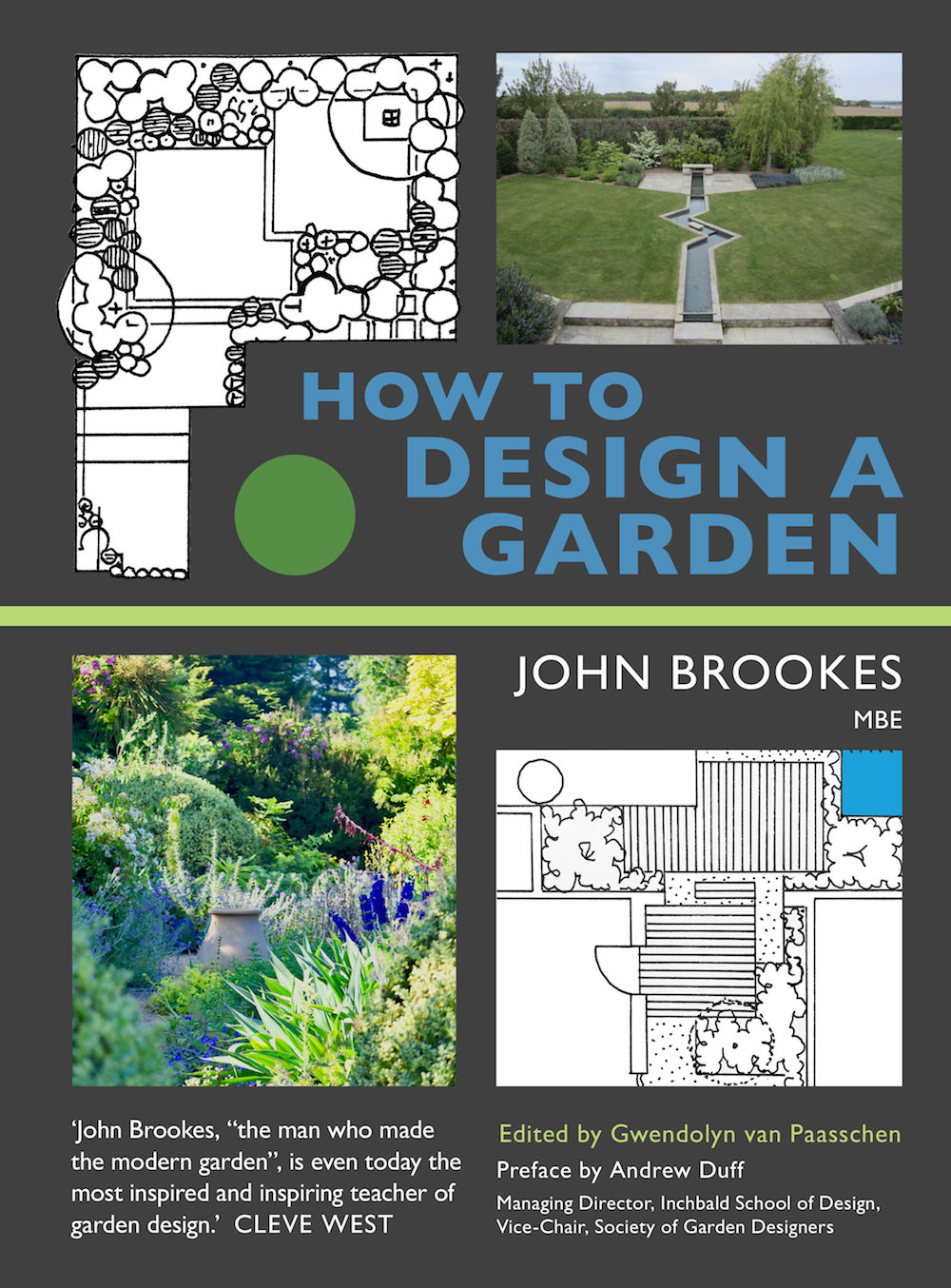
For more tips and advice about garden design from John Brookes, pre-order a copy of How To Design A Garden, available at all the usual outlets.


